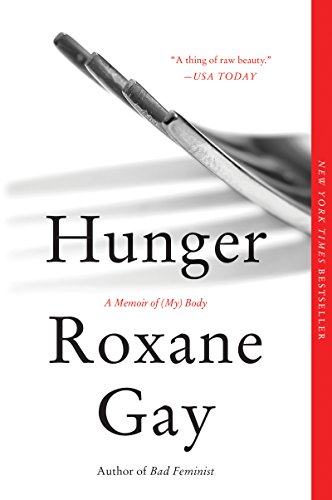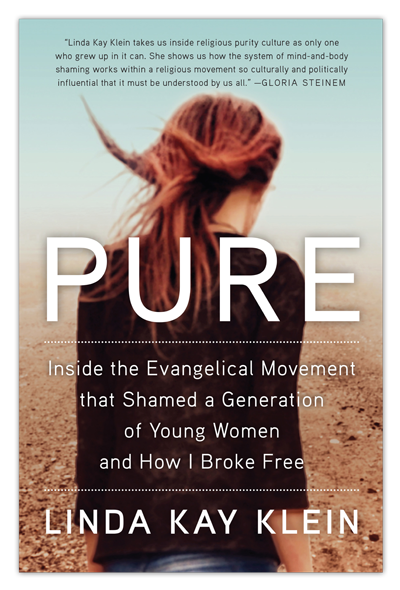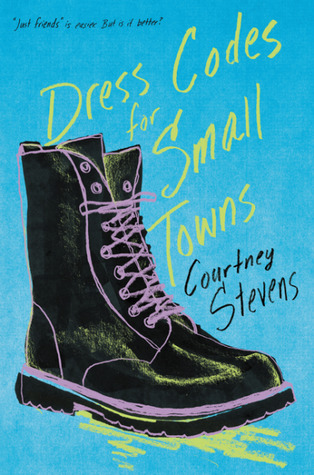
Eva Thorvald, daughter of a chef and sommelier, is a culinary genius. Raised by her underachieving aunt and uncle after her mother leaves and her father dies, Eva does not have any social or economic advantages, but she does have her late father’s cookbooks, which introduce her to the culinary world. This novel in short stories follow Eva from her mother’s pregnancy to a precocious childhood where she grows hydroponic habeneros as an escape from bullies at school to an adolescence spent befriending chefs to her successes in adulthood. Each chapter could function as a stand alone short story and focuses on a specific food like sweet pepper jelly or dessert bars or venison. In the end, each of the foods and characters come together perfectly.
I did enjoy Kitchens of the Great Midwest. I started it when I was the middle of a reading rut, discarding book after book, and it broke me out of my rut nicely. This surprised me as I had never heard of this book and bought it on a whim secondhand. As a foodie, I loved the idea of presenting a life story through food, and this novel manages to both celebrate food while poking fun at culinary snobs. I enjoyed Stradal’s writing, and the characters were well-developed. Some of the characters were more likable than others, but they all had unique voices and points of view.
I would recommend this debut novel to readers of literary fiction and to my fellow foodies. I do feel the need to provide one disclaimer. To enjoy this book, you need to enjoy shifting points of view, as each chapter is narrated by a new character in a close third person point of view. I have to admit that I’m not always a fan of this approach, but Stradal’s characters are well developed, so I was fine with this here. I’d find myself annoyed when we’d move to another character’s POV, but that character would always win me over before his or her chapter was over.
FCC Notice: I purchased my own copy.
book review blogs
@Barrie Summy








